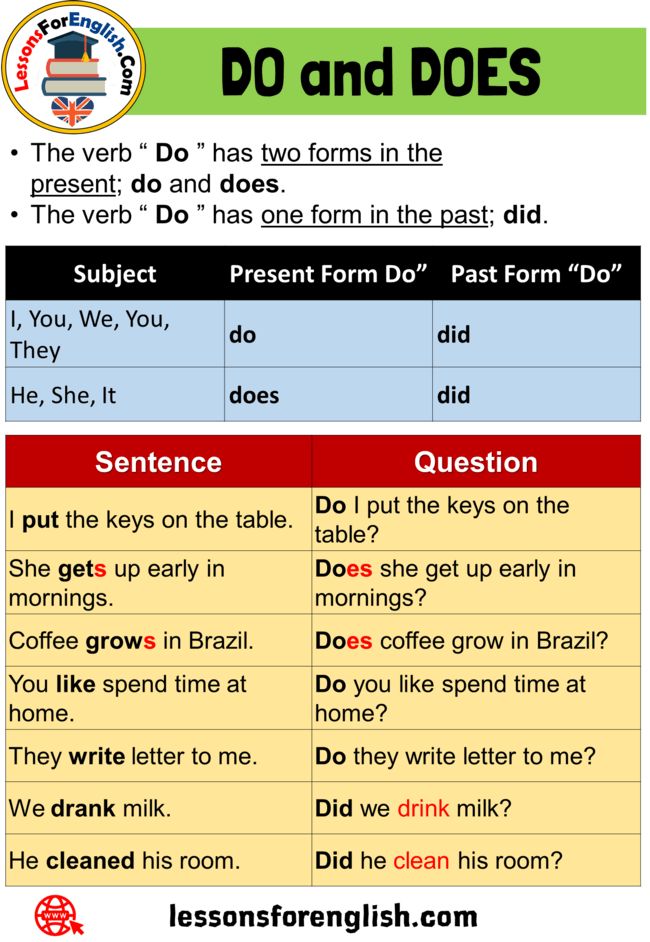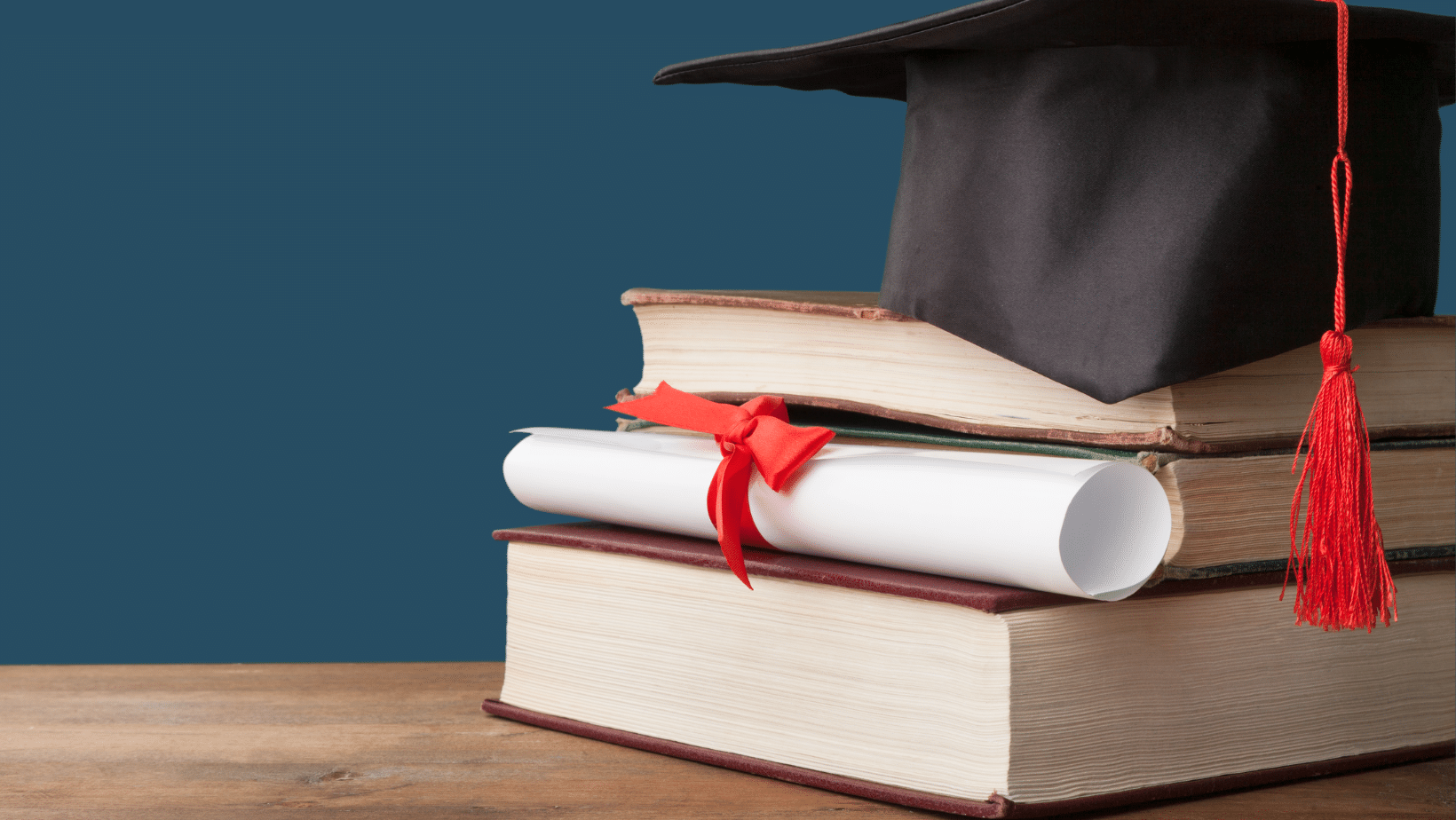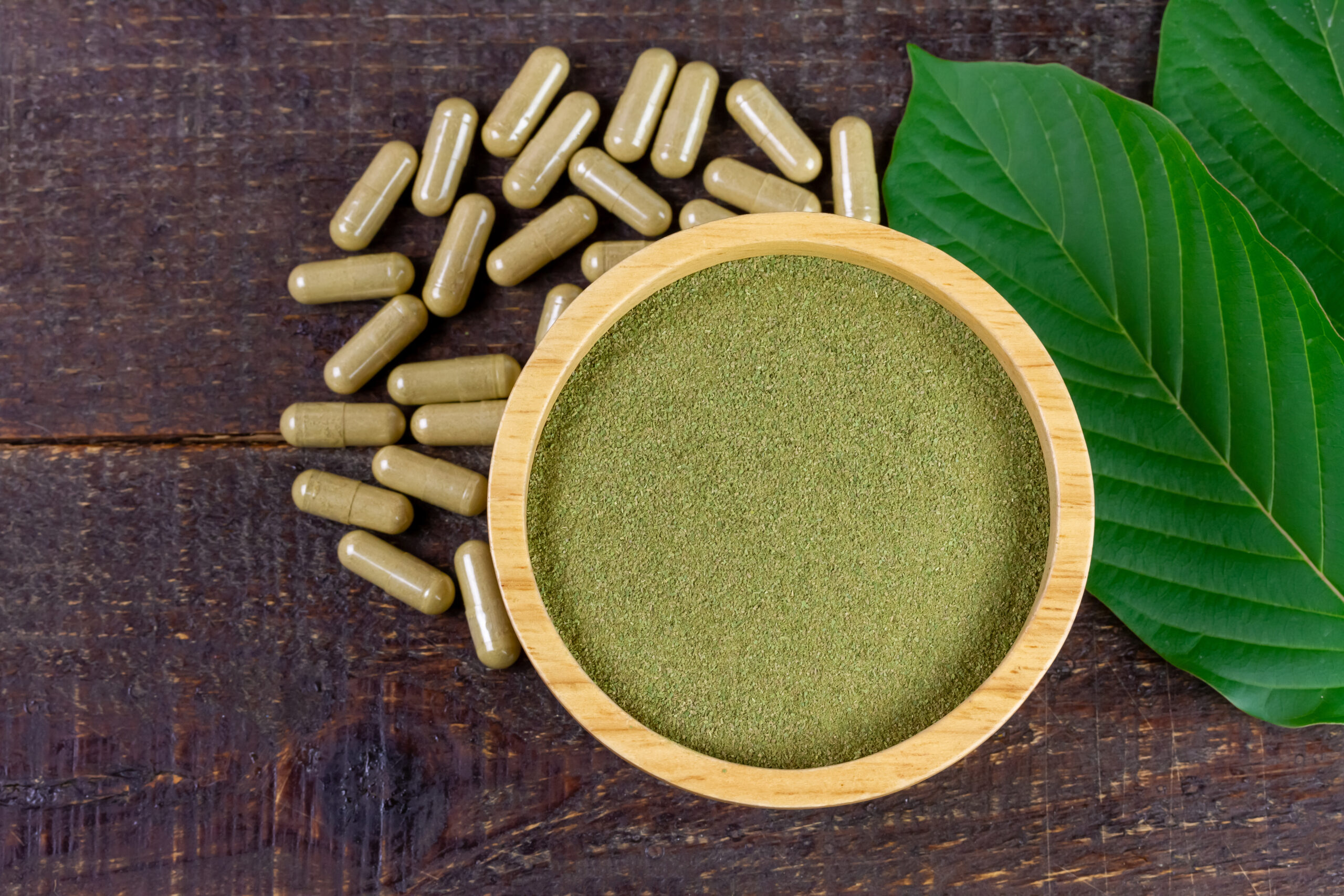Unlocking Actionable Insights: What Marketers Can Gather from News, Online Publications, Blogs, and Trade Journals
Introduction
Modern marketers operate in a landscape shaped by rapidly evolving information. News outlets, online publications, blogs, and trade journals generate volumes of data daily. Capturing and leveraging this data can empower marketers to anticipate trends, monitor competitors, optimize campaigns, and respond to market shifts. This article details the types of data available from these sources, how to extract them, and actionable steps for integrating these insights into your marketing strategy.
Types of Data Marketers Can Extract
Each information source-news, online publications, blogs, and trade journals-offers distinct types of data. Understanding what can be gathered helps marketers tailor their data strategies for maximum impact.
1. Brand and Product Mentions
Brand monitoring is one of the most immediate benefits of news and blog data extraction. Marketers can track:
- Mentions of their own brand across various media, capturing consumer sentiment and visibility
- Competitor mentions to understand how rivals are positioned and discussed
For example, using modern scraping tools, a marketer can aggregate every article mentioning their brand over a week, analyzing sentiment and identifying PR opportunities or crises as they arise [3] .
2. Market Trends and Industry Insights
Trade journals and online publications often publish in-depth analyses of industry trends, regulatory changes, technological advancements, and consumer preferences. Marketers can:

Source: funnl.ai
- Identify emerging trends by tracking recurring topics or keywords
- Spot shifts in consumer behavior or regulatory environments
- Monitor new product launches and innovations
For example, a software company could monitor technology trade journals to spot adoption of a new programming language, allowing them to adjust product messaging or development priorities [1] .
3. Sentiment Analysis and Public Opinion
Sentiment analysis uses natural language processing (NLP) to assess whether online content has a positive, negative, or neutral tone regarding a brand, product, or issue. This is useful for:
- Measuring the impact of marketing campaigns or PR events
- Tracking public perception of competitors
- Identifying potential backlash or advocacy movements
Advances in NLP and AI allow for automated sentiment analysis at scale. For instance, financial marketers can use AI-based tools to extract company tickers from news and gauge market sentiment in real time [2] .

Source: dataconomy.com
4. Competitive Intelligence
Online publications and trade journals frequently report on competitor activity, product releases, partnerships, and leadership changes. Marketers can:
- Track competitor announcements and assess strategic moves
- Analyze market share shifts and sector performance
- Monitor industry benchmarks
For example, a retail marketer might follow blogs and news articles to monitor a competing chain’s expansion plans, staffing changes, or seasonal campaigns, then adjust their own strategy accordingly [3] .
5. Influencer and Thought Leader Insights
Blogs and trade journals often feature industry experts or thought leaders. Marketers can:
- Identify potential influencer partners
- Monitor expert commentary to guide B2B content or outreach
- Spot emerging voices in the industry
For example, tracking guest posts and interviews across leading trade journals helps marketers discover new collaborators or advocates in their field [1] .
6. Content Performance and Engagement Metrics
Many online publications and blogs display metrics such as share counts, comments, or likes. While not always available for extraction, these indicators help marketers:
- Identify topics with high audience engagement
- Refine content strategy based on proven interests
- Benchmark performance against competitors
For example, marketers can compare share counts on competing blog posts to determine which content themes resonate most with the target audience [4] .
Practical Steps for Data Extraction and Analysis
To turn raw information into actionable insights, marketers should adopt a structured approach. Below are detailed steps for accessing and leveraging data from these sources:
Step 1: Identify Relevant Sources
First, define which news outlets, online publications, blogs, and trade journals are most relevant to your industry and goals. Consider:
-
Major news sites (e.g.,
The Wall Street Journal
,
Reuters
) - Leading trade publications in your sector
- Influential industry blogs
- Regional or niche outlets for specialized markets
Step 2: Choose Extraction Tools or Services
Marketers can use a range of tools, from manual monitoring to advanced scraping and AI-powered solutions. Key options include:
- Automated scraping tools such as those provided by WebScrapingAPI or Zyte , which allow structured data collection at scale
- Custom scripts for tailored extraction needs (Python, R, etc.)
- Subscription-based news aggregation platforms
When using automation, always check the terms of service of each publication and respect data privacy regulations, such as GDPR [1] .
Step 3: Structure and Clean the Data
Raw data often requires cleaning and structuring before analysis. This process may involve:
- Removing duplicate articles or irrelevant data (ads, navigation links)
- Normalizing formats (e.g., standardizing date formats, author names)
- Tagging content by topic, sentiment, or entity (e.g., company names, products)
Modern tools can automate much of this, but human oversight is critical for ensuring data quality [2] .
Step 4: Analyze and Visualize Insights
With clean, structured data, marketers can perform:
- Trend analysis over time (e.g., brand mentions per month)
- Sentiment tracking and comparison
- Competitor benchmarking
- Topic modeling to discover new themes
Visualization tools such as Tableau, Power BI, or even Excel can help marketers make sense of large datasets and present findings to stakeholders in a clear, actionable format.
Step 5: Apply Insights to Marketing Strategy
Finally, integrate insights into your broader marketing strategy:
- Adjust messaging based on sentiment and trending topics
- Launch campaigns in response to competitor activity or market shifts
- Engage with influencers who are shaping industry conversations
- Refine content production based on proven audience interests
For example, if analysis reveals a surge in negative sentiment following a competitor’s product recall, marketers can highlight their own product’s reliability and safety record in upcoming campaigns.
Potential Challenges and Solutions
While the benefits are substantial, marketers face several challenges when extracting and utilizing data from these sources. Key issues include:
- Dynamic and unstructured content : News and blogs often lack standardized formats, requiring adaptable extraction methods [1] .
- Frequent updates and corrections : Online articles may change post-publication, so monitoring tools should capture version histories where possible [4] .
- Anti-scraping measures : Many publishers deploy tools to block automated scraping. Where this is an issue, marketers should explore partnerships or official APIs, or focus on manual monitoring for critical sources [4] .
- Data privacy and compliance : Especially with user-generated content, marketers must ensure compliance with privacy regulations and ethical standards.
When technical or legal hurdles arise, marketers should consider contacting publishers directly for data-sharing agreements or leverage official news aggregation services.
Alternative Approaches and Additional Guidance
If automated extraction is not feasible, marketers can:
- Subscribe to curated industry newsletters and alerts for timely updates
- Use manual monitoring and spreadsheet tracking for key competitors and trends
- Engage with industry associations, which often provide member-only research and analysis
- Participate in trade events and webinars for direct access to thought leaders and market insights
For marketers seeking to build scraping or monitoring capabilities, platforms such as WebScrapingAPI and Zyte offer real-world examples, technical documentation, and customer support to help you get started.
Summary of Key Takeaways
By systematically gathering and analyzing data from news, blogs, online publications, and trade journals, marketers can:
- Monitor brand perception and competitor activity
- Spot emerging market trends and regulatory changes
- Refine content and campaign strategies based on real-time insights
- Engage with influencers and thought leaders shaping their industry
To maximize value, marketers should combine automated tools with strategic human oversight, stay current with compliance requirements, and continuously refine their data processes as technology and best practices evolve.
References
MORE FROM todayhiring.us













